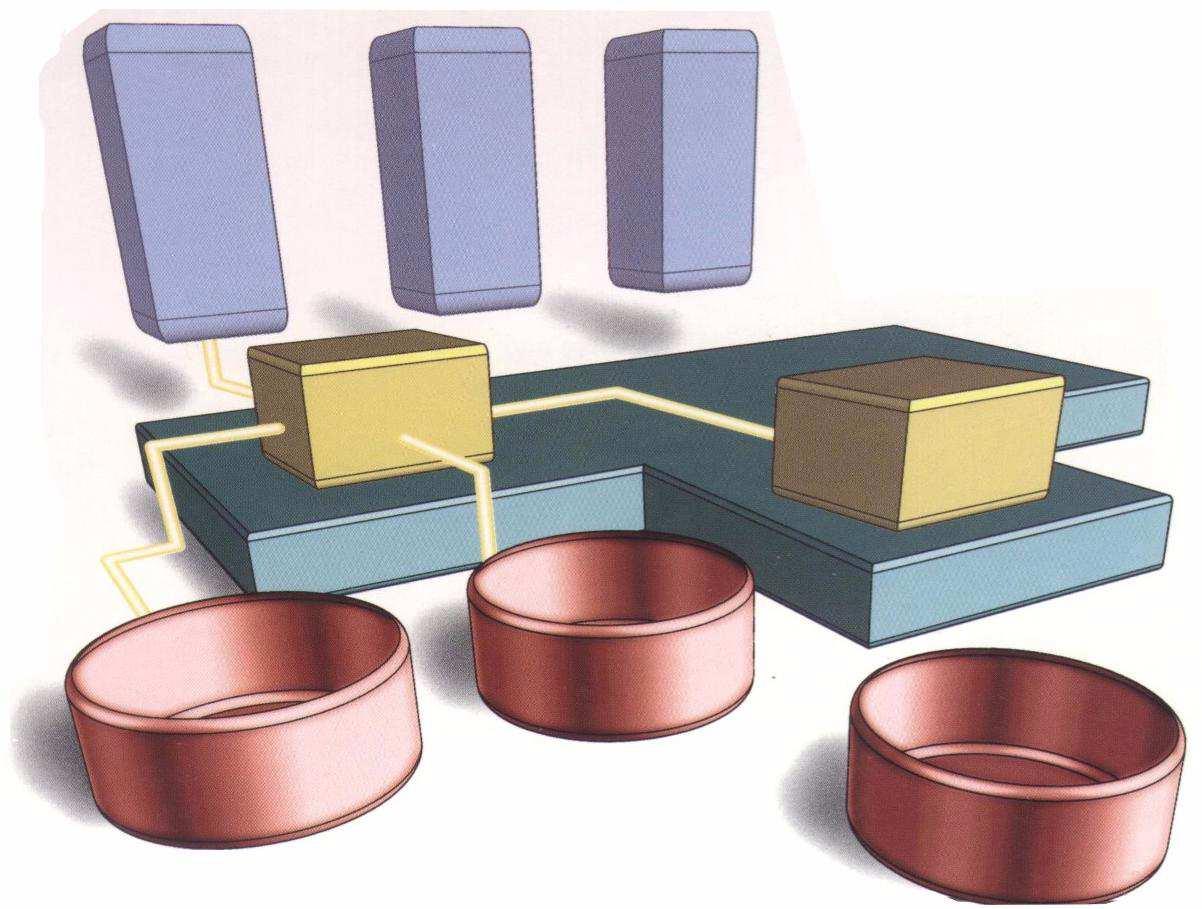Purpose
Clinical applications of quantitative computed tomography (qCT) in patients with pulmonary opacifications are hindered by the radiation exposure and by the arduous manual image processing. We hypothesized that extrapolation from only ten thoracic CT sections will provide reliable information on the aeration of the entire lung.
Methods
CTs of 72 patients with normal and 85 patients with opacified lungs were studied retrospectively. Volumes and masses of the lung and its differently aerated compartments were obtained from all CT sections. Then only the most cranial and caudal sections and a further eight evenly spaced sections between them were selected. The results from these ten sections were extrapolated to the entire lung. The agreement between both methods was assessed with Bland–Altman plots.
Results
Median (range) total lung volume and mass were 3,738 (1,311–6,768) ml and 957 (545–3,019) g, the corresponding bias (limits of agreement) were 26 (−42 to 95) ml and 8 (−21 to 38) g, respectively. The median volumes (range) of differently aerated compartments (percentage of total lung volume) were 1 (0–54)% for the nonaerated, 5 (1–44)% for the poorly aerated, 85 (28–98)% for the normally aerated, and 4 (0–48)% for the hyperaerated subvolume. The agreement between the extrapolated results and those from all CT sections was excellent. All bias values were below 1% of the total lung volume or mass, the limits of agreement never exceeded ±2%.
Conclusion
The extrapolation method can reduce radiation exposure and shorten the time required for qCT analysis of lung aeration.



